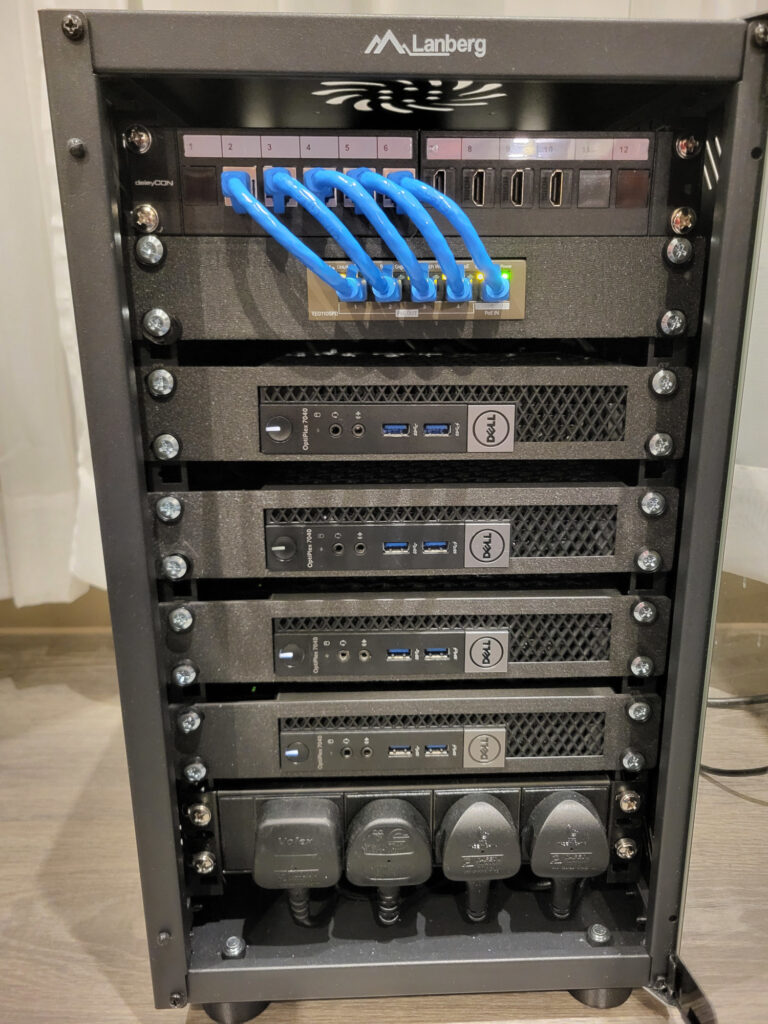The Rise of Rust in the Linux Kernel: Transforming Security & Stability in 2025
In 2025, one of the most exciting and talked-about developments in the Linux world is the deeper integration of Rust in Linux kernel—a move that promises stronger memory safety, lower vulnerability risk, and more robust system stability. This shift is not merely a novelty: it’s a signal that the Linux project is evolving to meet modern security challenges head-on.
Why Rust Matters to Linux
For decades, the Linux kernel has been written in C and assembly. While C gives performance and control, it also opens many opportunities for memory-related bugs like buffer overflows, use-after-free, or double frees. In contrast, Rust is designed to eliminate whole classes of memory safety issues through strong compile-time guarantees and its ownership/borrowing model.
Starting in recent kernel versions, parts of the Linux kernel are now being incrementally rewritten or newly authored in Rust—especially drivers, subsystem components, and security-critical modules. ITPro Today This hybrid approach allows legacy C code to coexist with modern Rust modules, giving Linux maintainers flexibility while increasing safety.
By 2025, Rust is no longer just “experimental” in Linux—it’s becoming a core tool for improving security. The kernel’s “lockdown mode” is being enhanced, and memory protection features are strengthened to resist sophisticated threats. ITPro Today
Security Enhancements & Kernel Hardening
Alongside Rust adoption, Linux is seeing multiple security hardening combinations:
- Memory protection improvements: New enhancements protect against memory corruption attacks, mitigate side channels, and enforce stricter isolation of kernel memory. ITPro Today+1
- Lockdown and module restrictions: Kernel lockdown is being reinforced to prevent unauthorized modules or unsigned components from loading—a key measure in reducing rootkit risk. ITPro Today
- Hardware-backed isolation: Features like Intel TDX and AMD SEV-SNP are better supported, letting virtual machines run with encrypted memory and reducing hypervisor escape vulnerabilities. ITPro Today
- Container security hardening: As containers dominate modern workloads, Linux distributions are pushing for rootless modes, stricter seccomp profiles, minimal base images, and combining with SELinux or AppArmor for defense in depth. ITPro Today
These improvements help Linux remain resilient against increasingly advanced threats—especially across servers, cloud environments, embedded devices, and edge systems.
Challenges & Trade-offs
Naturally, such a transformation comes with challenges:
- Learning curve & tooling: Kernel developers must adopt Rust tooling, adjust to borrow-checker constraints, and manage mixed-language interactions.
- Performance trade-offs: While Rust is efficient, some rare edge performance tuning may prefer C; balancing safety vs speed is nontrivial.
- Backward compatibility: Legacy drivers and modules remain prevalent; ensuring smooth interoperability between C and Rust code is complex.
- Community buy-in: Not all parts of the Linux community embrace the shift immediately; debates about scope, style, and conservatism persist.
Still, the Linux community’s iterative “incremental adoption” model helps mitigate risk: Rust is being introduced gradually and in low-risk subsystems first.
What This Means for Users & Administrators
If you run Linux—whether on a server, desktop, or embedded platform—these developments matter:
- Stronger security baseline: Fewer low-level vulnerabilities means a more robust operating system out-of-the-box.
- Longer system stability: Safer kernel code reduces the chances of elusive memory-corruption bugs or crash scenarios.
- Better support for new hardware: Rust modules may bring efficient support for newer devices while maintaining safety.
- Opportunity for contributions: For developers interested in kernel-level work, Rust offers a modern entry path into a historically C-dominated domain.
As a sysadmin or tech enthusiast, you’ll want to keep an eye on kernel release notes (e.g. Linux 6.x, 7.x) to track which components are migrating to Rust and enable related features (like lockdown or memory protections) as distributions adopt them.





